Home>Articles>How To Cook A Pork Tenderloin In Electric Skillet
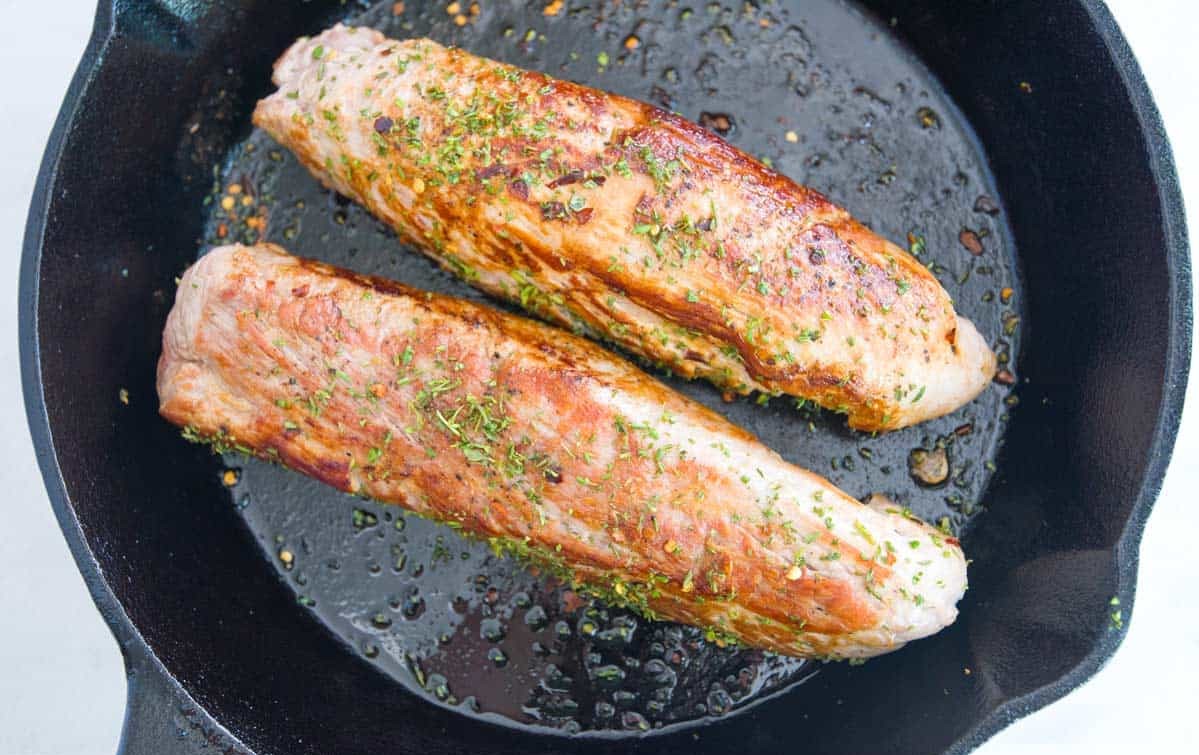

Articles
How To Cook A Pork Tenderloin In Electric Skillet
Modified: August 25, 2024
Learn how to cook a delicious and tender pork tenderloin in an electric skillet with these easy-to-follow articles. Master the art of cooking pork tenderloin today!
(Many of the links in this article redirect to a specific reviewed product. Your purchase of these products through affiliate links helps to generate commission for Storables.com, at no extra cost. Learn more)
Introduction
Welcome to the world of delicious flavors and juicy tenderness! Cooking a pork tenderloin in an electric skillet is a fantastic way to enjoy a mouthwatering meal without the need for a traditional oven or stovetop. Whether you’re a cooking enthusiast or a beginner in the kitchen, this article will guide you through the step-by-step process of preparing and cooking a succulent pork tenderloin in an electric skillet.
Why choose an electric skillet, you may ask? Well, these versatile kitchen appliances offer precise heat control, even cooking, and convenience. They are perfect for both indoor and outdoor cooking, making them a great option for any occasion. Plus, cooking with an electric skillet allows you to lock in the flavors and natural juices for a tender and flavorful pork tenderloin.
In this article, we will cover everything you need to know about cooking a pork tenderloin in an electric skillet, from choosing the right cut to seasoning and achieving the perfect internal temperature. So, let’s get started on this culinary adventure!
Key Takeaways:
- Cooking a pork tenderloin in an electric skillet offers convenience, precise heat control, and flavorful results. From choosing the right cut to achieving the perfect internal temperature, this method ensures a tender and juicy outcome every time.
- Preparing and cooking a pork tenderloin in an electric skillet involves crucial steps such as preheating, seasoning, and testing the internal temperature. With the right techniques and a bit of experimentation, you can create a mouthwatering masterpiece that will impress your taste buds and leave everyone wanting more.
Read more: How To Cook Pork Ribs In Electric Skillet
Choosing and Preparing the Pork Tenderloin
When it comes to cooking a pork tenderloin, selecting the right cut is crucial for a successful outcome. Look for a fresh tenderloin that is pink in color with minimal fat marbling. The meat should feel firm to the touch and have a slight sheen. Avoid tenderloins with excessive fat or a grayish color, as these can affect the taste and texture of the final dish.
Before cooking, it’s essential to properly prepare the pork tenderloin. Start by trimming any excess fat or silver skin from the surface. Silver skin is a tough connective tissue that doesn’t break down during cooking and can make the meat tough. Simply slide a sharp knife under the silver skin and carefully remove it in a smooth motion.
Next, pat the pork tenderloin dry with paper towels. This will help ensure a crisp sear and prevent steaming during cooking. It’s also a good idea to bring the tenderloin to room temperature by leaving it out for about 20-30 minutes before cooking. This allows for more even cooking and helps the meat retain its moisture.
For an extra burst of flavor, you can marinate the pork tenderloin prior to cooking. This step is optional but highly recommended. You can use a simple marinade consisting of olive oil, garlic, soy sauce, herbs, and spices of your choice. Place the tenderloin in a resealable plastic bag, pour the marinade over it, seal the bag, and refrigerate for at least 30 minutes or up to overnight. The longer the marination time, the more flavorful the meat will be.
Now that you’ve chosen and prepared your pork tenderloin, it’s time to move on to the next step in the process: preheating the electric skillet.
Preheating the Electric Skillet
Preheating the electric skillet is an important step to ensure that your pork tenderloin cooks evenly and achieves a beautiful sear. To begin, place the electric skillet on a stable and heat-resistant surface, such as a countertop or stovetop.
Before turning on the skillet, make sure it is clean and dry. Wipe any residue or moisture from the cooking surface to prevent sticking or uneven cooking. It’s also a good idea to lightly coat the skillet with cooking spray or a small amount of oil to further reduce the risk of sticking.
Next, set the temperature on the electric skillet to the desired cooking temperature. For pork tenderloin, a medium-high heat setting is usually recommended. However, it’s important to note that the specific temperature may vary depending on your electric skillet’s settings and the recipe you are following.
Allow the electric skillet to preheat for a few minutes, ensuring that it reaches the desired temperature before adding the pork tenderloin. This will ensure that the meat sears properly and locks in those delicious flavors.
During the preheating process, it’s a good idea to gather the seasonings and any additional ingredients you’ll be using for your pork tenderloin. This will help streamline the cooking process and prevent any last-minute scrambling.
With the electric skillet preheated and your ingredients ready, it’s time to move on to the next step: seasoning the pork tenderloin for optimal flavor.
Seasoning the Pork Tenderloin
Seasoning the pork tenderloin is a crucial step to enhance its flavor and create a delicious crust. There are countless seasoning options available, so you can get creative and tailor the flavors to your preferences.
Start by generously seasoning the pork tenderloin with salt and pepper on all sides. This will provide a basic seasoning base and help to bring out the natural flavors of the meat.
Next, consider adding additional herbs and spices to enhance the taste. Popular choices include garlic powder, onion powder, paprika, thyme, rosemary, and chili powder. You can create your own blend or use a pre-made seasoning mix that suits your taste buds.
For a touch of sweetness, you can also brush the pork tenderloin with a glaze or marinade. Popular options include honey mustard, maple syrup, balsamic glaze, or a barbecue sauce of your choice. Brush the glaze on the tenderloin before cooking or during the cooking process to infuse the meat with a flavorful coating.
Make sure to rub the seasonings and glaze into the meat thoroughly, ensuring that every inch of the pork tenderloin is coated. This will help lock in the flavors and ensure a delicious outcome.
Once the pork tenderloin is properly seasoned, it’s time to move on to the next step: cooking it in the electric skillet.
To cook a pork tenderloin in an electric skillet, sear it on all sides first to lock in the juices, then lower the heat and cook until the internal temperature reaches 145°F. Let it rest for 5 minutes before slicing.
Cooking the Pork Tenderloin in the Electric Skillet
Now that your pork tenderloin is seasoned and ready to go, it’s time to start cooking it in the electric skillet. Follow these steps for a perfectly cooked and tender pork tenderloin:
- Heat the electric skillet over medium-high heat.
- Add a small amount of oil or cooking spray to the skillet to prevent sticking.
- Carefully place the seasoned pork tenderloin into the hot skillet.
- Sear the tenderloin on all sides for about 2-3 minutes per side. This will help achieve a beautiful caramelized crust.
- Reduce the heat to medium or medium-low to continue cooking the tenderloin.
- Cover the electric skillet with a lid to trap the heat and promote even cooking.
- Cook the pork tenderloin for approximately 15-20 minutes per pound, or until the internal temperature reaches the desired doneness.
Remember to turn the tenderloin occasionally during cooking to ensure even browning and prevent burning. Use tongs or a spatula to carefully flip the meat, taking care not to pierce it and release the precious juices.
Cooking times may vary depending on the size of the pork tenderloin and the specific settings of your electric skillet. It’s always a good idea to refer to a meat thermometer to check the internal temperature for doneness.
Now that your pork tenderloin is cooking in the electric skillet, you can take a moment to appreciate the delightful aromas wafting from the kitchen. The next step is to test the internal temperature for perfect doneness.
Testing the Internal Temperature
Testing the internal temperature of the pork tenderloin is crucial to ensure that it is cooked to your desired level of doneness. It’s important to note that pork should be cooked to a minimum internal temperature of 145°F (63°C) according to the USDA guidelines for safety.
Here’s how to test the internal temperature of your pork tenderloin:
- Using a meat thermometer, insert the probe into the thickest part of the tenderloin.
- Avoid touching any bone or fat, as this can give inaccurate readings.
- Wait a few seconds for the temperature reading to stabilize.
- Check the temperature displayed on the thermometer.
If the pork tenderloin has reached an internal temperature of 145°F (63°C), it is considered safe to consume. However, if you prefer your meat to be more well-done, you can cook it to a slightly higher temperature, such as 160°F (71°C).
Remember that the pork tenderloin will continue to cook as it rests, so it’s advisable to remove it from the electric skillet when it reaches a few degrees below the desired final temperature. This will help prevent overcooking and ensure a tender and juicy final result.
Once you have determined that the pork tenderloin has reached the desired internal temperature, it’s time to remove it from the electric skillet and allow it to rest before serving.
Resting and Serving the Pork Tenderloin
Resting and Serving the Pork Tenderloin
Resting the pork tenderloin is a critical step that should not be overlooked. Allowing the meat to rest after cooking helps the juices redistribute, resulting in a more tender and flavorful final product. Here’s what you need to do:
- After cooking the pork tenderloin in the electric skillet, transfer it to a clean cutting board or a platter.
- Tent the tenderloin loosely with aluminum foil to keep it warm while it rests.
- Let the pork tenderloin rest for about 5-10 minutes.
During this resting period, you can take the opportunity to prepare any accompanying side dishes or sauce to complement the pork tenderloin. Additionally, the tenderloin will continue to cook slightly as residual heat is retained, so this rest time ensures that the meat reaches its ideal temperature.
Once the resting time is complete, it’s time to slice and serve your perfectly cooked pork tenderloin. Here are some tips for slicing and presenting the meat:
- Use a sharp knife to thinly slice the pork tenderloin against the grain.
- Angle the knife slightly for larger slices or cut it into medallions for a more elegant presentation.
- Arrange the sliced pork tenderloin on a platter or individual plates.
- Garnish with fresh herbs, such as parsley or cilantro, for added color and flavor.
- Serve the pork tenderloin immediately while it is still warm.
Pork tenderloin pairs well with a variety of side dishes, such as roasted vegetables, mashed potatoes, or a fresh salad. Don’t forget to serve with your favorite sauce or gravy, if desired.
Now, all that’s left is to sit back, enjoy the delicious flavors of your perfectly cooked pork tenderloin, and bask in the satisfaction of your culinary prowess!
Conclusion
Cooking a pork tenderloin in an electric skillet is a convenient and flavorful way to enjoy a delicious meal. With the right techniques and preparations, you can achieve a tender and juicy result that will impress your family and friends. Let’s recap the key steps to cooking a pork tenderloin in an electric skillet:
- Choose and prepare a fresh pork tenderloin, trimming excess fat and silver skin.
- Preheat the electric skillet and add a small amount of oil to prevent sticking.
- Season the pork tenderloin with salt, pepper, and your preferred herbs and spices.
- Cook the pork tenderloin in the electric skillet, achieving a beautiful sear on all sides.
- Test the internal temperature using a meat thermometer, ensuring it reaches a minimum of 145°F (63°C).
- Allow the pork tenderloin to rest, ensuring the juices redistribute for maximum tenderness.
- Slice and serve the pork tenderloin with your favorite side dishes and sauces.
Remember, practice makes perfect, so don’t be discouraged if your first attempt isn’t absolutely flawless. As you gain experience and become more familiar with your electric skillet, you’ll discover the right techniques and flavors that suit your taste preferences.
So go ahead, give it a try! Experiment with different seasonings, marinades, and cooking times to create a pork tenderloin masterpiece that will delight your taste buds and leave everyone wanting more. With an electric skillet and a little bit of culinary know-how, you’ll be able to cook up moist, flavorful pork tenderloin dishes that will impress even the most discerning palates.
Enjoy the journey of cooking and savor the delicious rewards!
Hungry for more culinary adventures with your electric skillet? Dive into a world where simplicity meets versatility in cooking. Whether you're looking to expand your cooking techniques or craving some new recipes, we've got just the right content for you. Discover various methods to utilize your skillet beyond the basics or get your hands on some of the tastiest dishes planned for the next year. Ready to turn up the heat on your cooking skills? Click through for insights and inspiration!
Frequently Asked Questions about How To Cook A Pork Tenderloin In Electric Skillet
Was this page helpful?
At Storables.com, we guarantee accurate and reliable information. Our content, validated by Expert Board Contributors, is crafted following stringent Editorial Policies. We're committed to providing you with well-researched, expert-backed insights for all your informational needs.
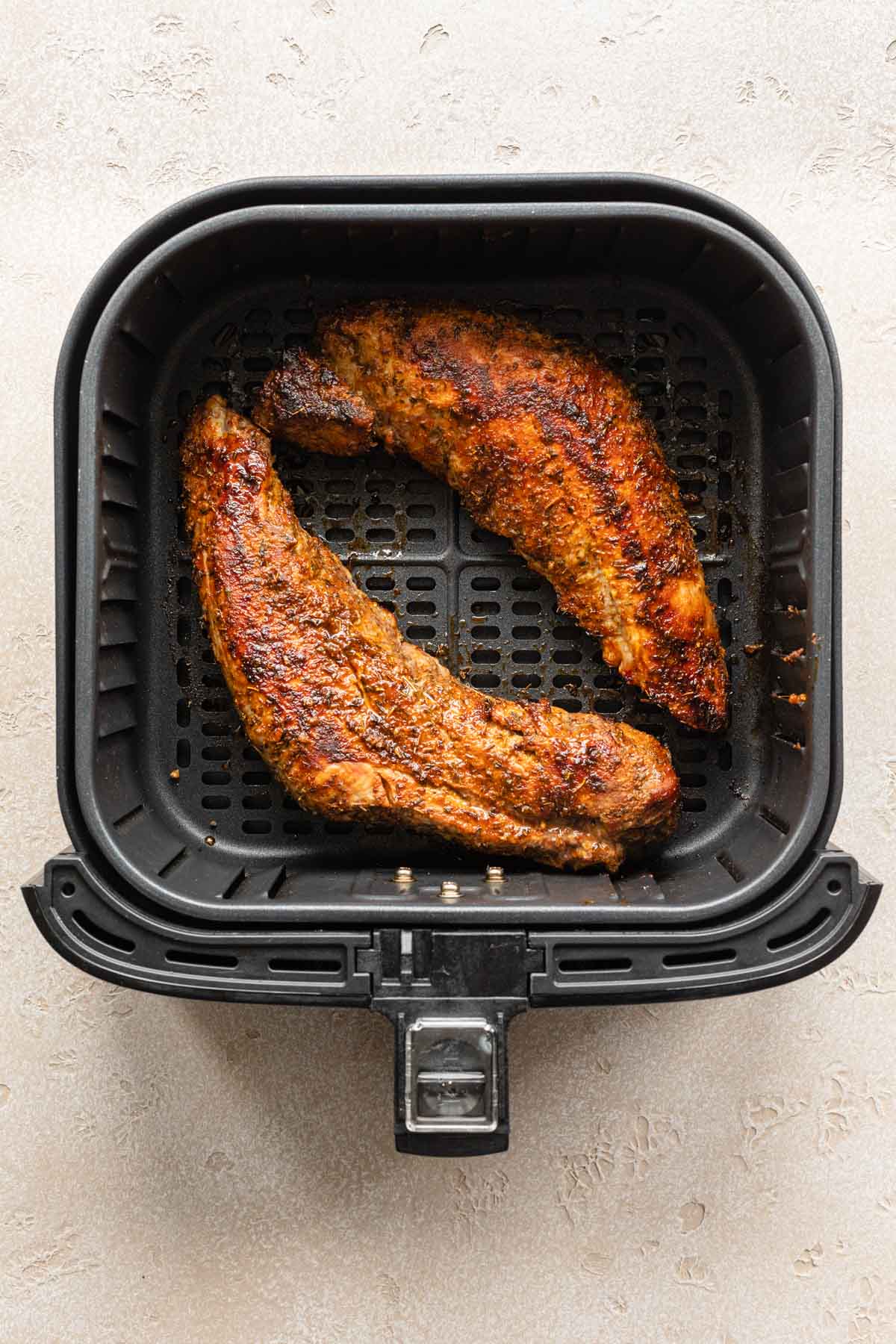
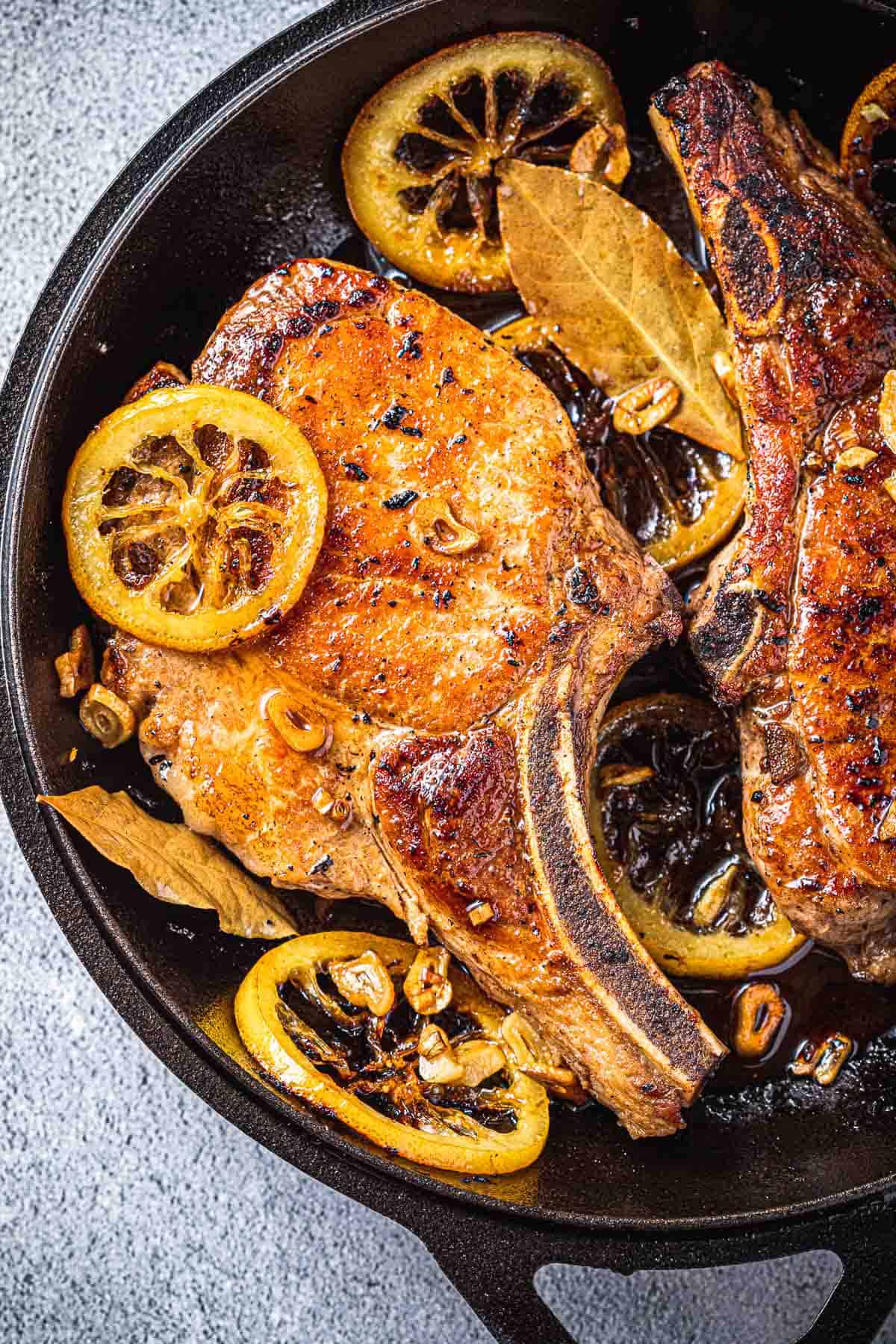
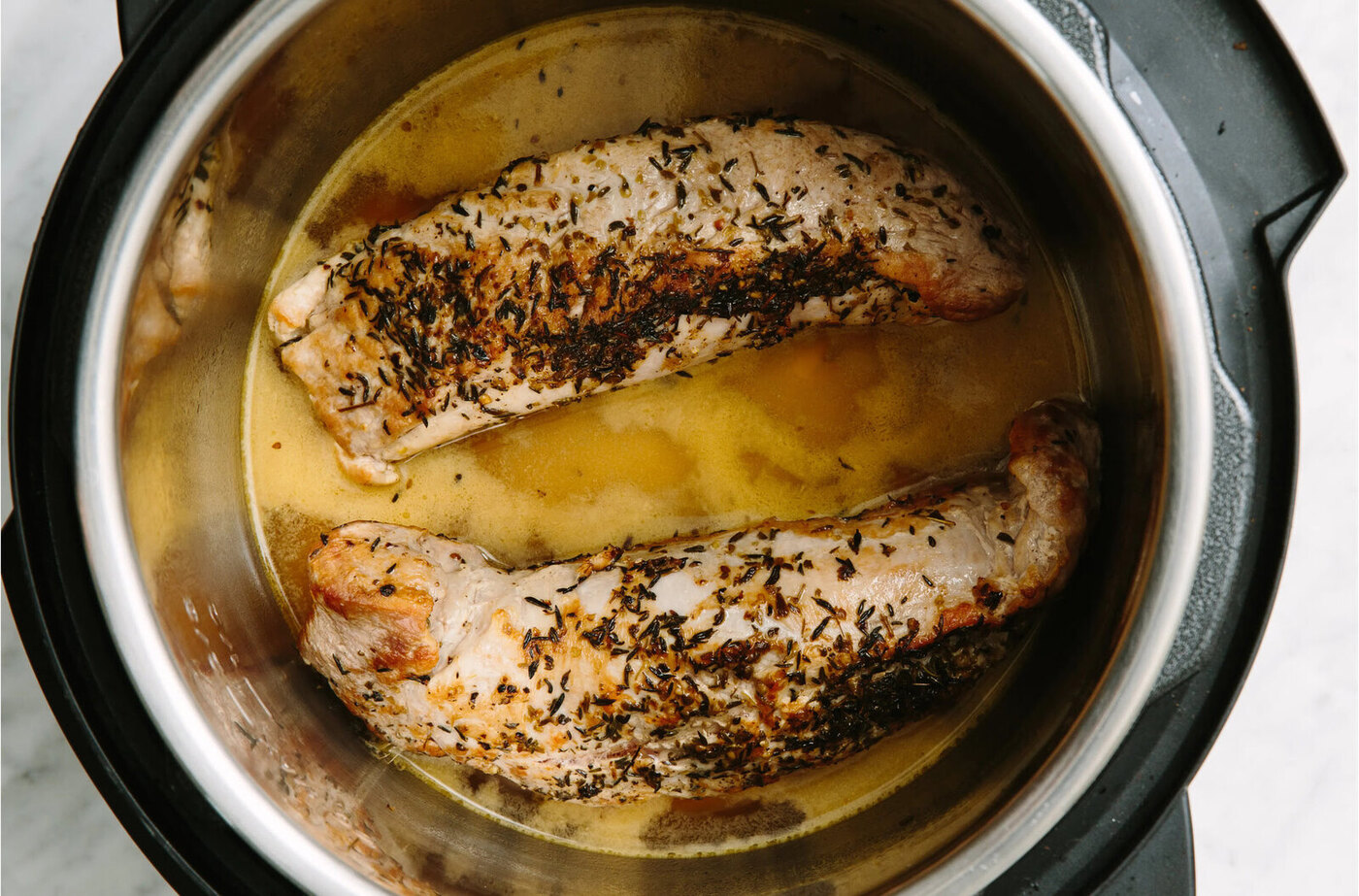
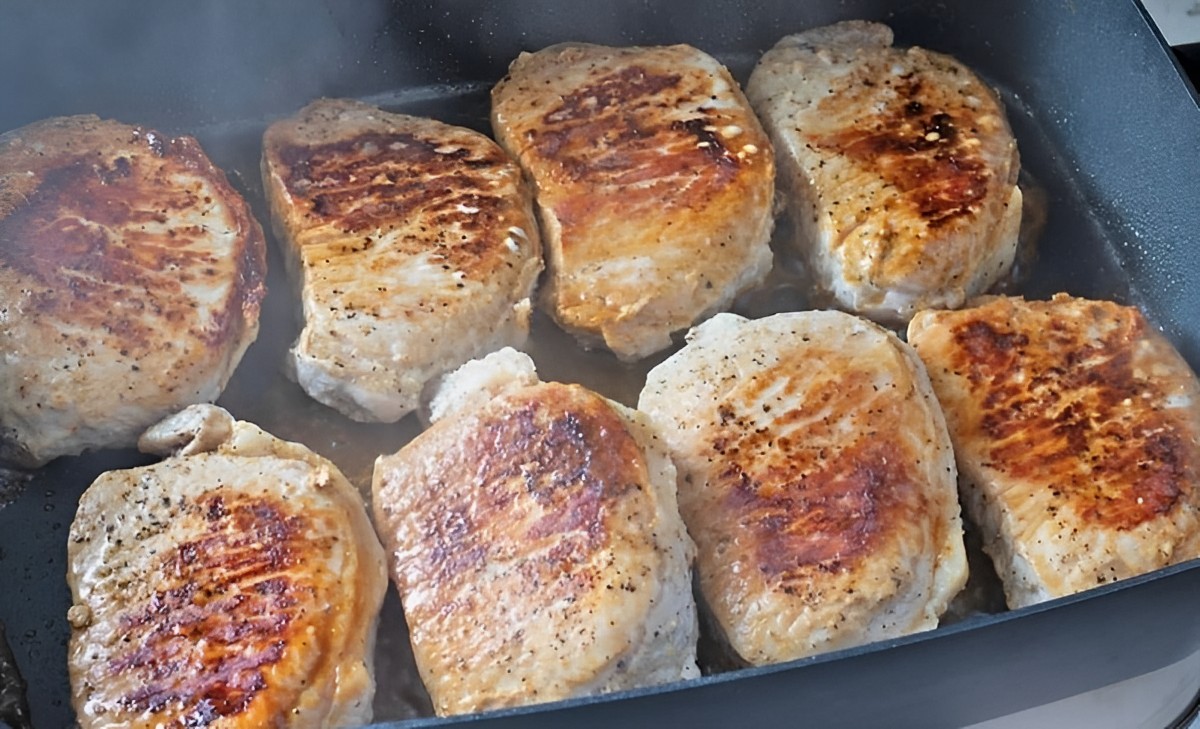
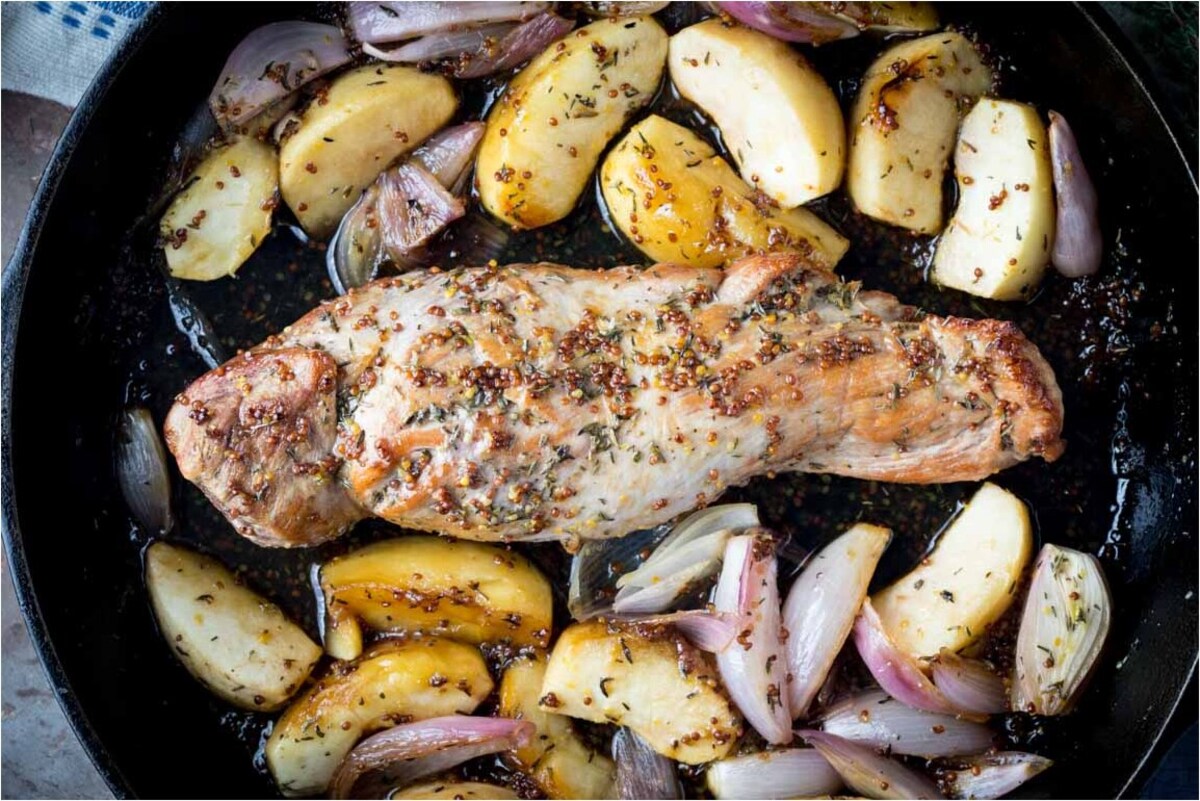
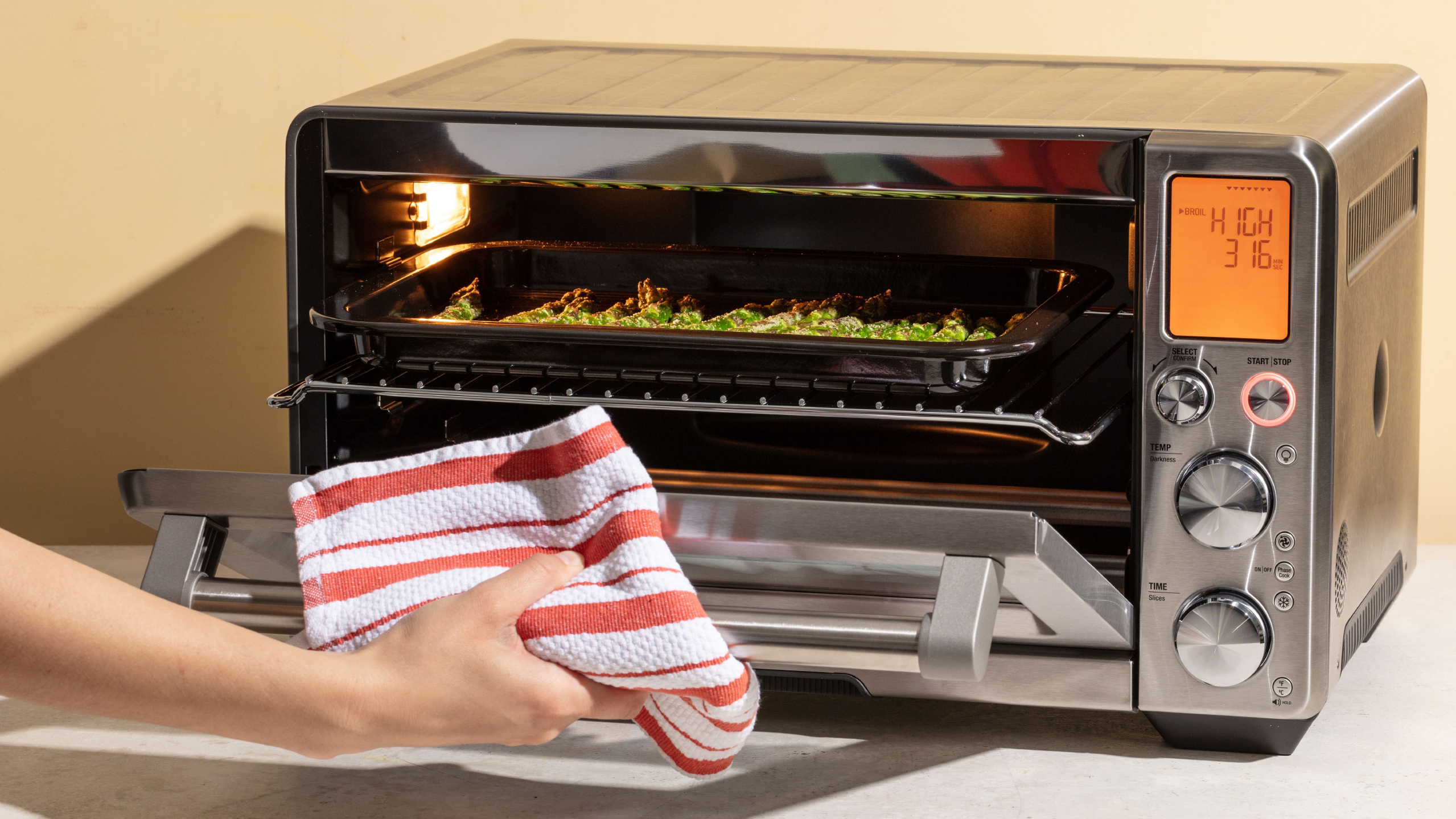
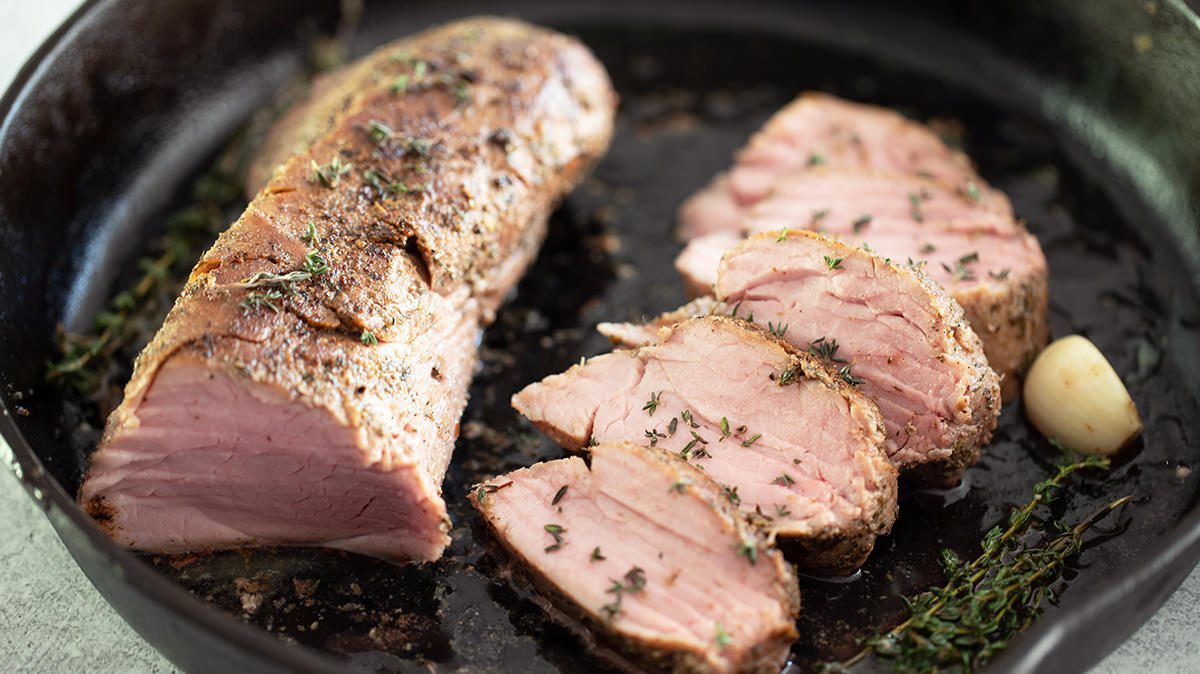

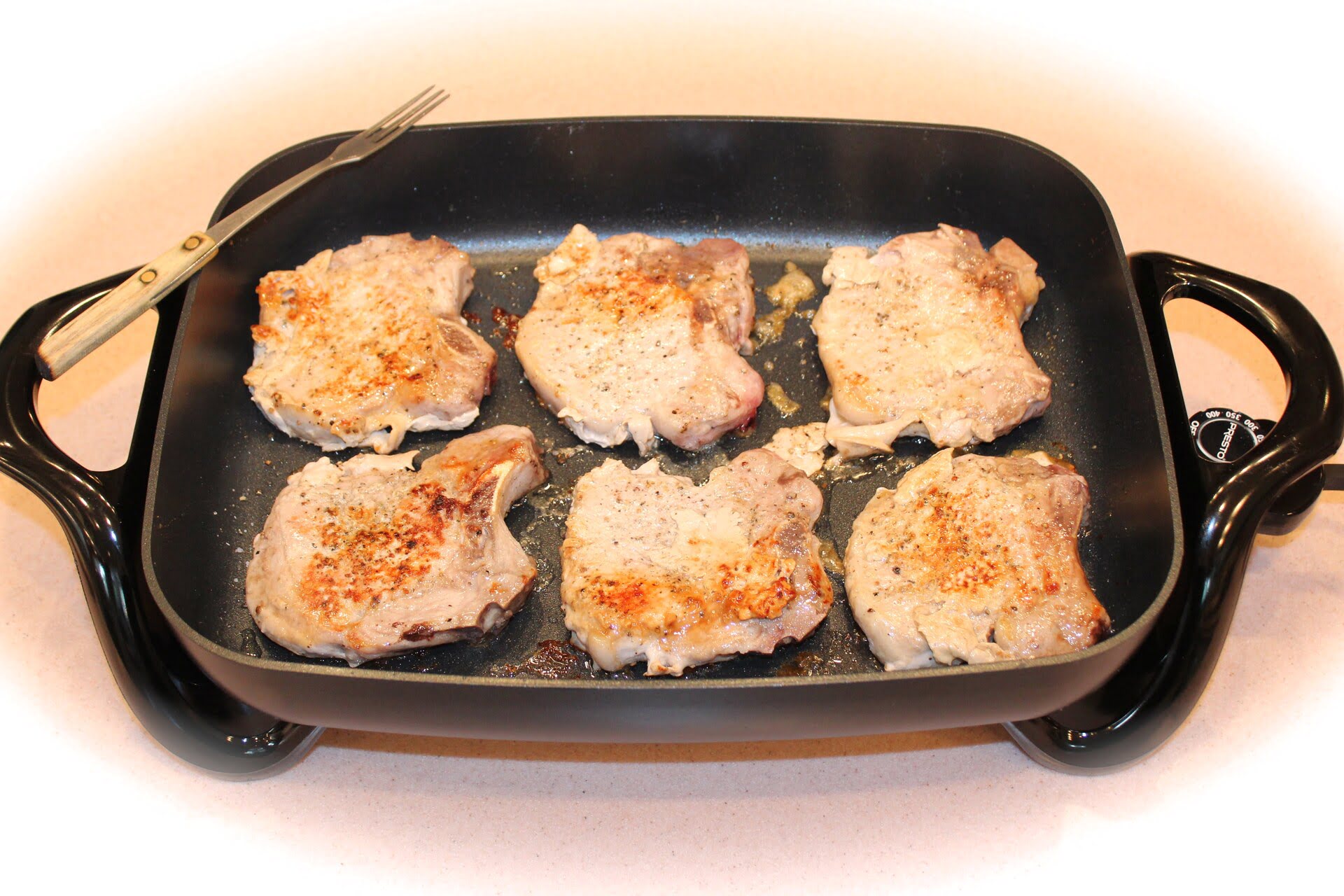
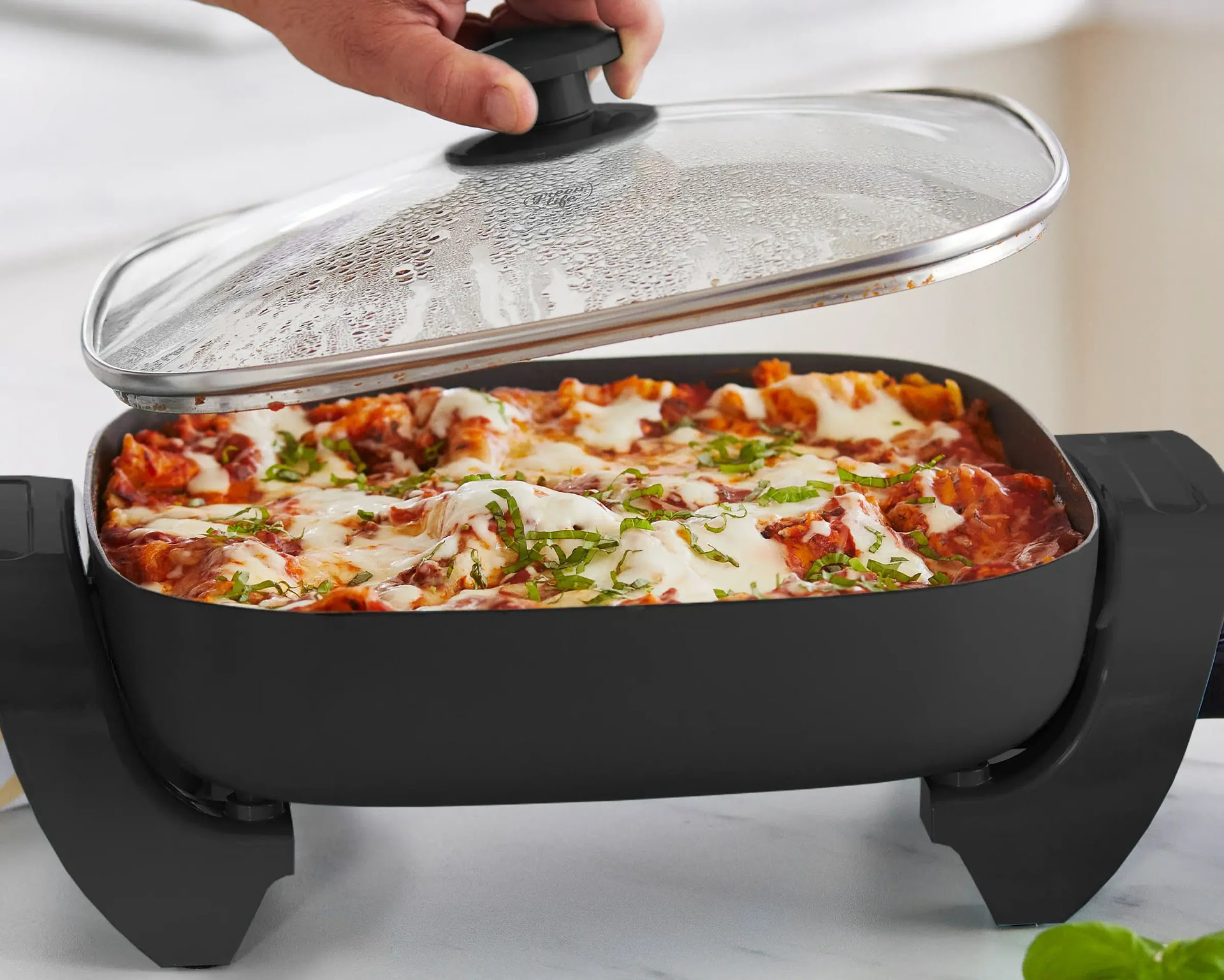
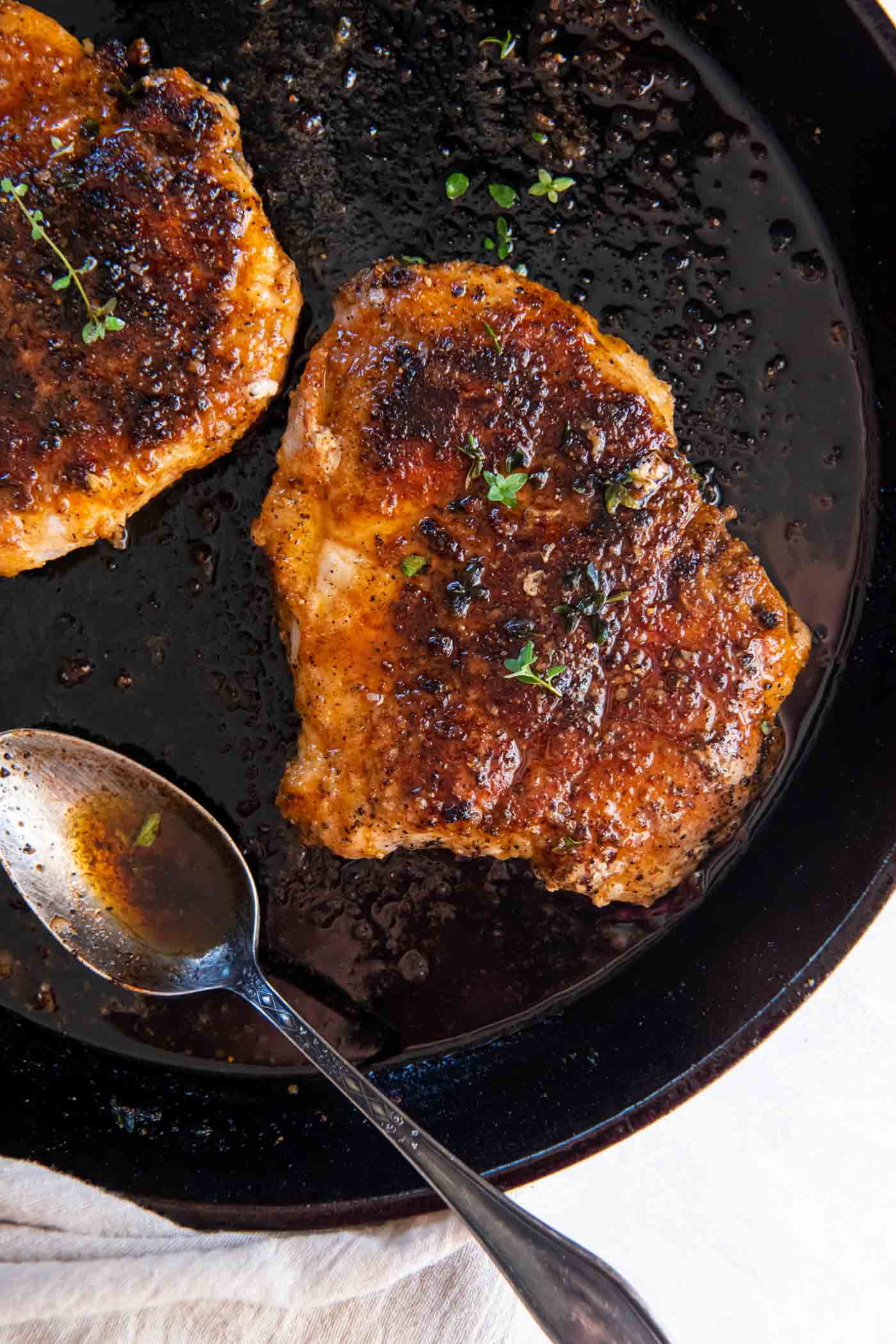
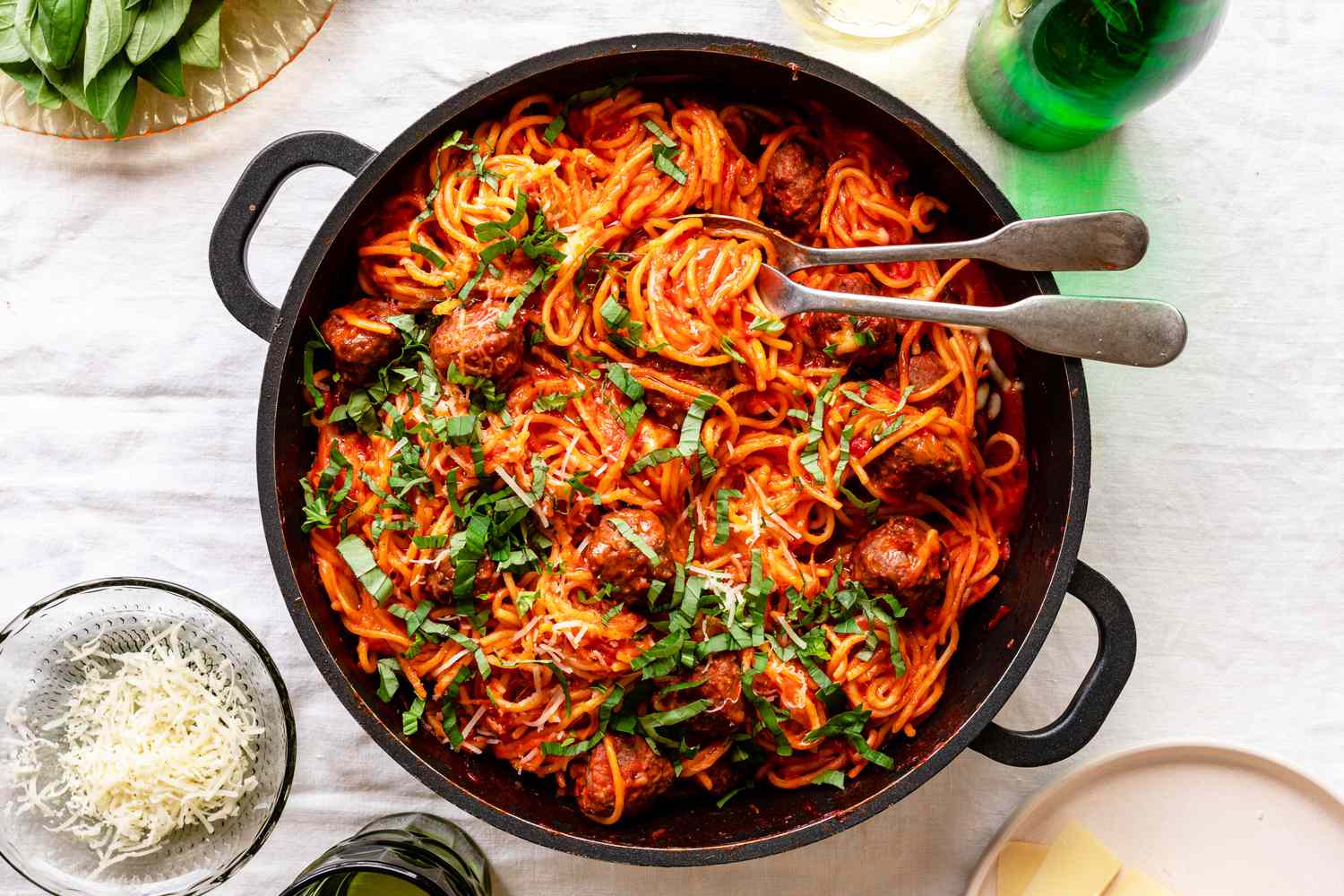
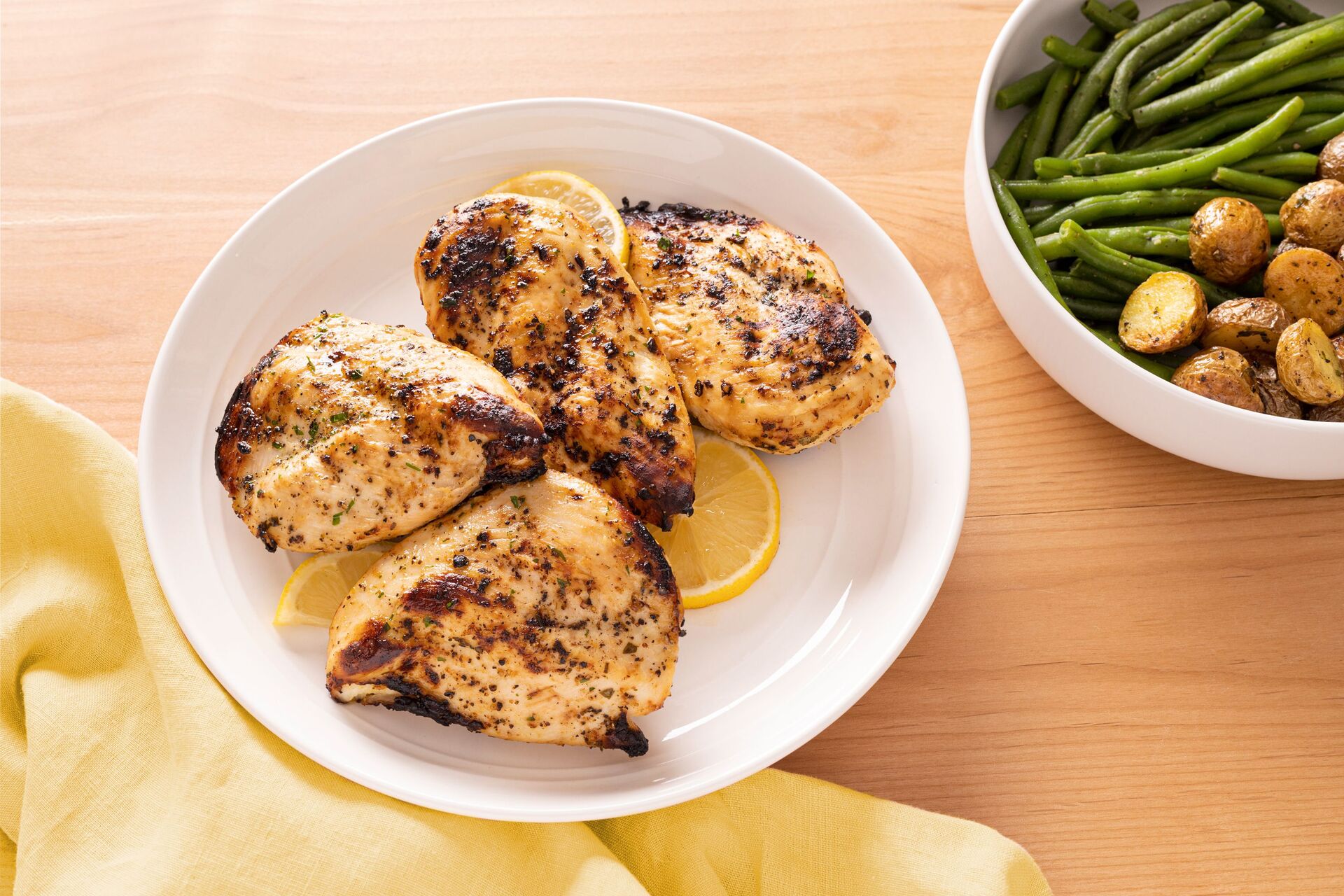
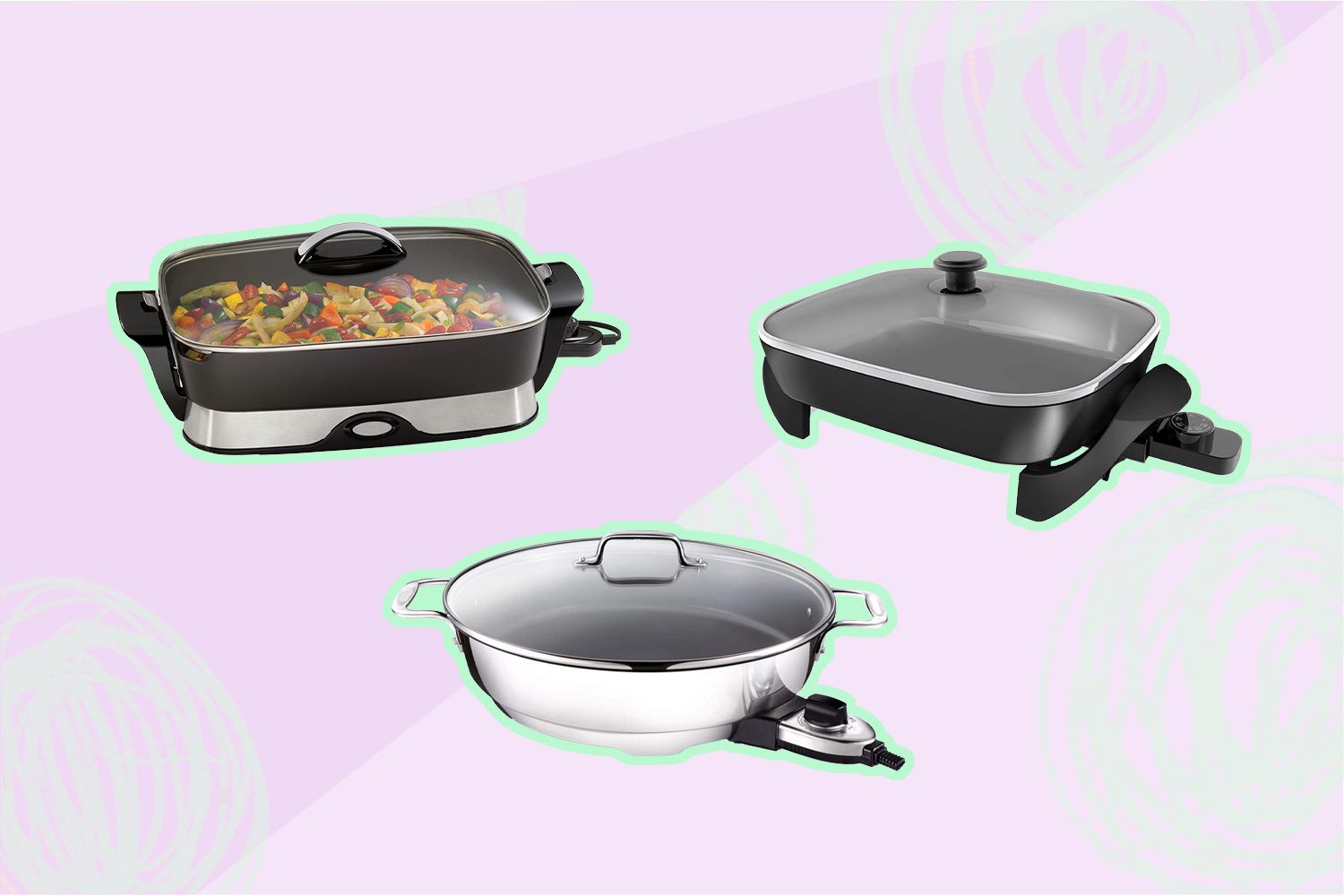

0 thoughts on “How To Cook A Pork Tenderloin In Electric Skillet”